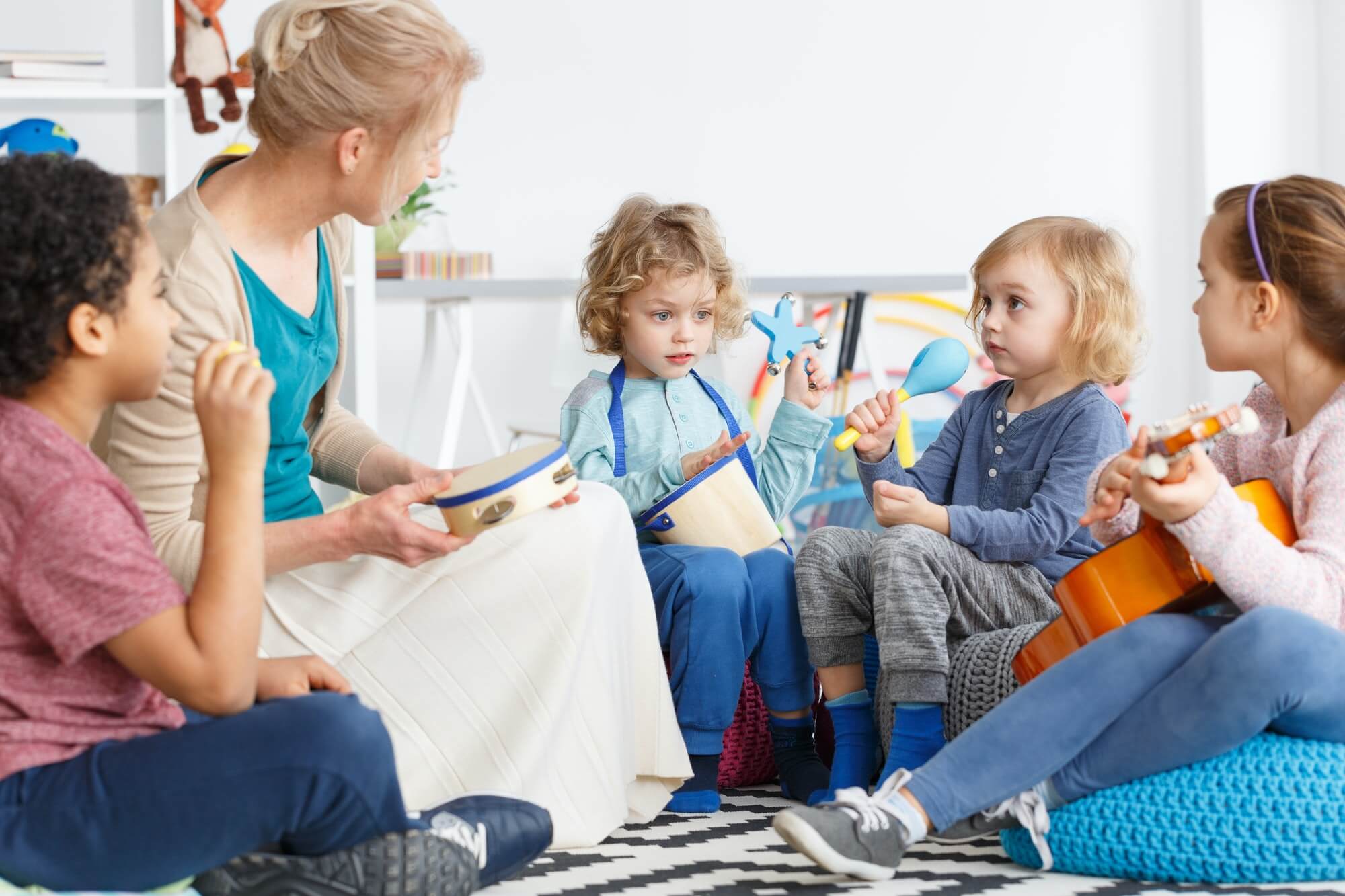All children are different, and so are their learning styles. But you ask, what basically is a learning style? Answer this, have you ever felt like your child learnt better when you let them touch and feel a specific material/thing, rather than just showing them pictures? Well, that’s your child’s learning style.
While there are very many learning styles, three of them often make to the top of the list. Knowing these styles and then recognising your child’s has many advantages to itself. Because you would know what’s the best way to teach your kid, you can enable them to learn easier and better, which would in turn lead to improved performance in school. If you look at the larger picture, this can help foster an interest in lifelong learning.
The following are the Learning Styles your child may have. Also, it would be unwise to restrict your child to one learning style, because we all learn in many ways, with one being the dominant style.
Visual Learner
As the name suggests, children who are visual learners learn through watching. This style is often understood as the most dominant and common learning style. A part of this is because traditional classrooms are equipped and are geared towards visual learning.
A visual learner, if told what to do, will not understand, s/he will need to be shown exactly what the teacher requires.
Visual learning characteristics include:
- They remember the visual details of whatever they are taught
- They prefer to see what they are learning
- They often doodle while learning, making diagrams and charts tables them to learner faster and better
- They like to write down instructions and see them demonstrated
Kinaesthetic/Tactile learner
These children are those that are often actively involved in the learning process. They can often be seen walking around the class touching things. They are often wrongly labelled as ‘trouble makers’, when they are actually just kinaesthetic learners.
Kinaesthetic learning characteristics include:
- These children want to actually do whatever is being talked about or learned
- They like to move around when talking or listening to what you have to say
- They love to touch things. They don’t mind getting dirty, they need to touch people, things, and whatever they can see
- They often remember events by who did what rather than who said what
- They often talk with their hands
Auditory learners
Just like visual learners, auditory learners express themselves through words. If your child seems to not listen because s/he is busy talking over you, s/he is probably an auditory learner.
Auditory learning characteristics include:
- They tend to read out loud instead of quietly to themselves
- They often show interest in music and sound. They can often sing out a full song but are unable to remember a word in their textbook.
- These kids can be recognised as extroverts
- Auditory learners cannot often concentrate when they are in a noisy environment
The more you know about your child’s learning style, the better you are able to partner with your child’s teachers in your child’s education. Next time your child is unable to understand a homework, try applying a different learning style than what they are engaged in.













